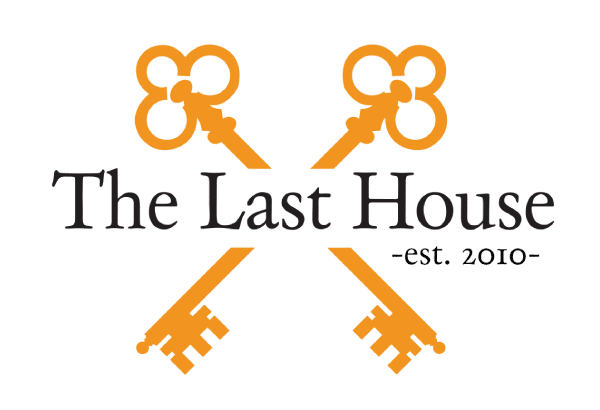Volunteer Work During Addiction Recovery
Helping and serving others through volunteer work is often times some of the most humbling and rewarding experiences in addiction recovery, let alone in life.
History shows that serving and caring for others is not only essential to living a fulfilled life but also what makes us human.
Some of the most influential figures made history by serving others.
“The best way to find yourself is to lose yourself in the service of others.” — Mahatma Gandhi
During addiction, individuals lose themselves in their substance use. When someone is suffering from addiction, care and consideration for others is put on the back burner and finding the next high becomes the main focus.
Addiction is a selfish disease by nature. Not only that, but often times, individuals struggling with addiction do the sheer opposite of serving others and do horrible things such as stealing and hurting others for the sake of their next high.
Incorporating volunteer work and serving others is an essential element in many addiction recovery settings. Volunteering during recovery helps addicts to step outside of themselves and reconnect with the world.
Volunteer work during addiction recovery has many benefits, not only to those being served but to those actually providing the care! When recovering addicts volunteer during recovery they are simultaneously improving their mental and physical health.
Health benefits include:
Improved lifespan- Addiction and substance abuse decreases longevity in life however volunteering and serving others can repair and improve some of the physical damage from addiction and substance abuse. Some research has shown that volunteering is just as effective, if not more, than exercising consistently.
Mental health- Finding a spiritual connection and a purpose in life is a critical part of addiction and substance abuse recovery. Serving others can give individuals a sense of purpose and a deeper connection. Additionally, happy hormones are released and stress is reduced when individuals feel they are contributing good to the world.
Enhanced social connections- Connection is the essence of volunteer work. Volunteering provides individuals an opportunity to meet many people, create and foster relationships, practice social skills and boost self confidence in social settings.
Volunteering during addiction recovery also sets an expectation for those recovering to be a positive example for others. This is especially important if recovering addicts are volunteering with other individuals recovering from addiction and substance abuse.
Individuals that volunteer during addiction recovery are also building resume and job skills in addition to spending time in a more constructive and productive way.
At Thrive, individuals in recovery are given opportunities to volunteer and serve others to reap all of these benefits.













